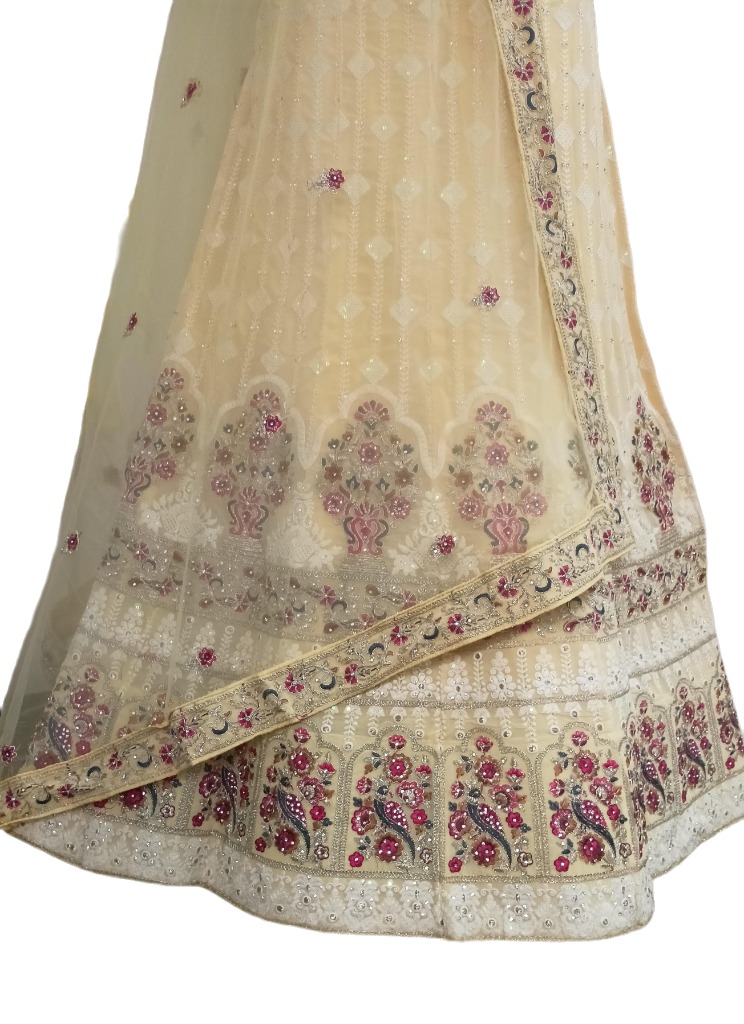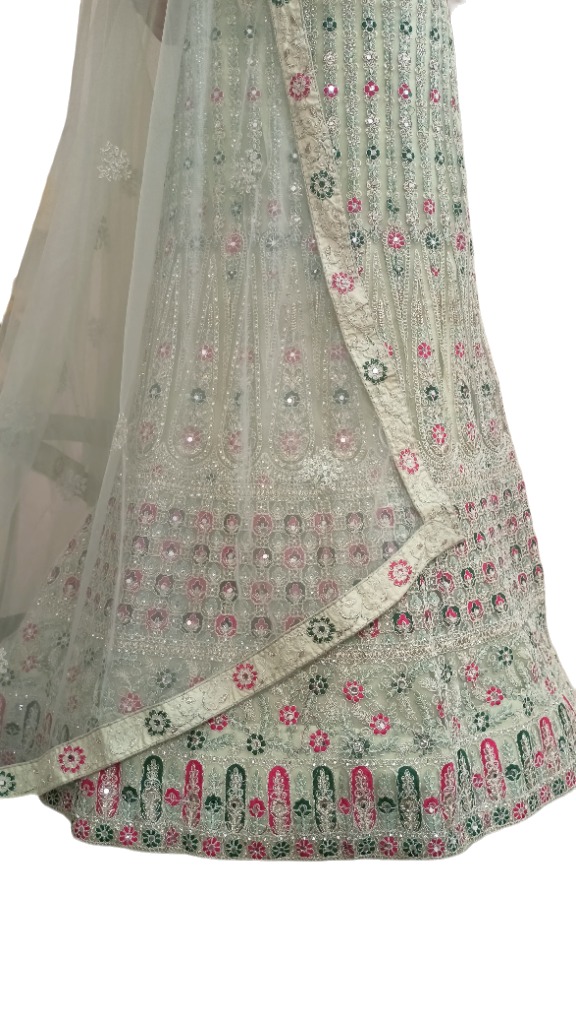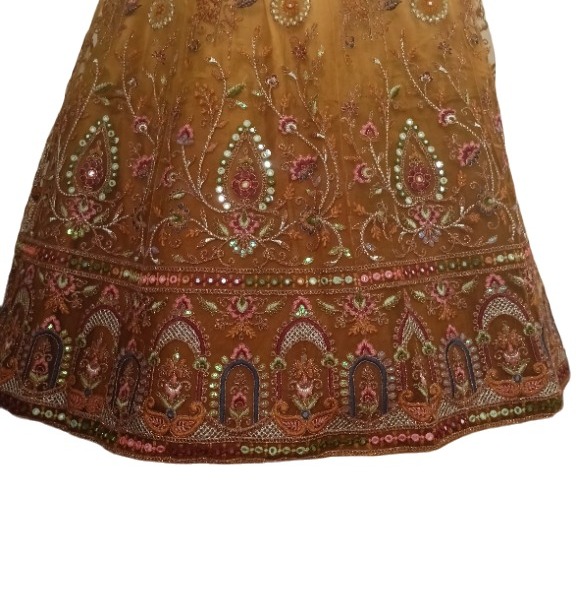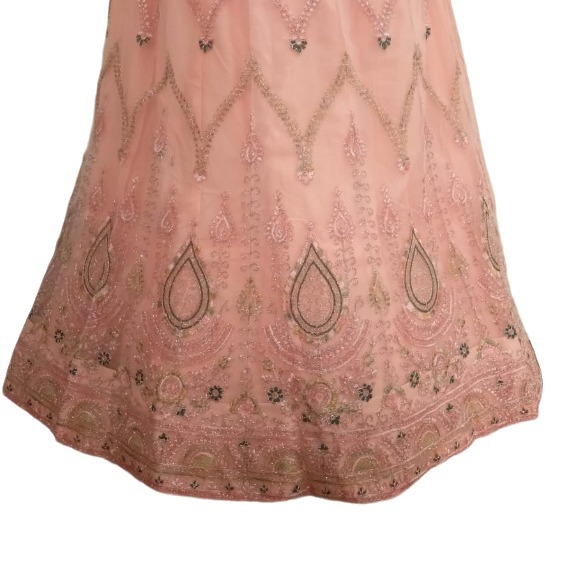Does Aristotle’s schema of the elements of tragedy have any relevance today? Comment.
Like actions, character must also be subject to the norms of plausibility or necessity.
b.3. If the character was at the level of the decision, the thought is placed in the opinion. Character and thought are the causes of actions, and thought is the discursive aspect of action, which consists in knowing how to manifest what is involved in the action.
QUANTITATIVE PARTS OF THE TRAGEDY. The quantitative parts refer to the kind of tragedy that Aristotle knew. The prologue is a complete part of the tragedy that precedes the first appearance of the choir (or párodos). The episode is each one of the complete parts of the tragedy that develops between complete choral songs (they would correspond to the acts of the traditional theater). The choir or choral part should be considered as an actor, be part of the whole, and contribute to the action. The fourth part is the exodus, a full part of the tragedy after which there is no choir singing.
The catharsis or “purgation of certain conditions” is the psychological effect of the tragedy.
1.2. THE COMEDY
The comedy imitates the laughable and ugly of inferior men, so that it represents “a defect and an ugliness that causes no pain or ruin,” but tends to present men worse than they are, unlike tragedy. Another difference between comedy and tragedy has to do with the unity of action, since in comedy the double fable is more appropriate, in which there is a different end for the good and the bad.
2. CLASSICAL THEORIES
In the seventeenth century treatises, the tragedy is studied according to the Aristotelian approaches, and it is González de Salas who makes the broadest comment (1633). The Pinciano dedicates the epistle VIII and Cascales the table VIII. Luzán dedicates part of book III, and in its definition emphasizes the social aspect of the tragedy.
3. THE DRAMATIC AS A FUNDAMENTAL FORM OF POETRY FROM ROMANTICISM
In addition to considering the theater between the arts of the show and as a particular form of communication, the dramatic has also been characterized as the fundamental or archetypal form of poetry, within the framework of approaches that derive from romantic theories.
3.1. Hegel, who saw in dramatic literature a synthesis between the subjectivity of the lyrical and the epic objectivity, also contrasts the “totality of the objects”, typical of the narrative, with the “totality of the movement”, characteristic of the drama.
3.2. Lukacs (Theory of the Novel, 1920) says that great epic poetry gives form to the extensive whole of life, while drama forms the intensive totality of essentiality. Establishes historical relationships, and relates modern drama to the bourgeoisie and individualism.
3.3. Emil Staiger (Fundamental Concepts of Poetics, 1946) characterizes the dramatic style by the tension in front of the other genres. The dramatic poet is interested in things insofar as they illustrate his problems.
3.4. Wolfgang Kayser (Interpretation and analysis of the literary work, 1948) differentiates the following types of drama:
– character drama, where the plot revolves around the character, the “great guy”, and there is some relaxation of the action,
– drama of space, in which the poet dramatizes the course of life (historical drama, for example), and action tends to dismember itself in many paintings,
– drama of action, in which an event becomes the carrier of the structure, as in tragedy.
4. LATEST APPROACHES: THE THEATER AS A LITERARY GENDER
4.1. Tadeusz Kowzan, wrote Literature and spectacle (1975), a classic study in which the theater is considered like a class more within the arts of the spectacle, that is to say, the arts whose products are necessarily communicated in the space and in the time, moving; in addition, they are endowed with fabulation because they tell something and have a high degree of sociability in terms of production, communication and perception. The basic elements of these arts are the fabulación, the man and the word.
Taking into account the classification between the arts of time and the arts of space (see Laocoonte, by E. Lessing, 1766), T. Kowzan considers dramatic literature as a combination, an extension in the arts of space, even making a classification gradual from literature without show to show without words.
Kowzan uses the term “drama” to refer to the theatrical text (dramatic literature) without a show. Patrice Pavis (Dictionary of Theater, 1980) follows the same line by defining the drama as “the literary genre composed for the theater, although the text is not represented”, and then refers to the drama as an intermediate genre synthesizing the tragedy and the comedy since the eighteenth century.







1 Response
[…] Previous story Does Aristotle’s schema of the elements of tragedy have any relevance today? Commen… […]